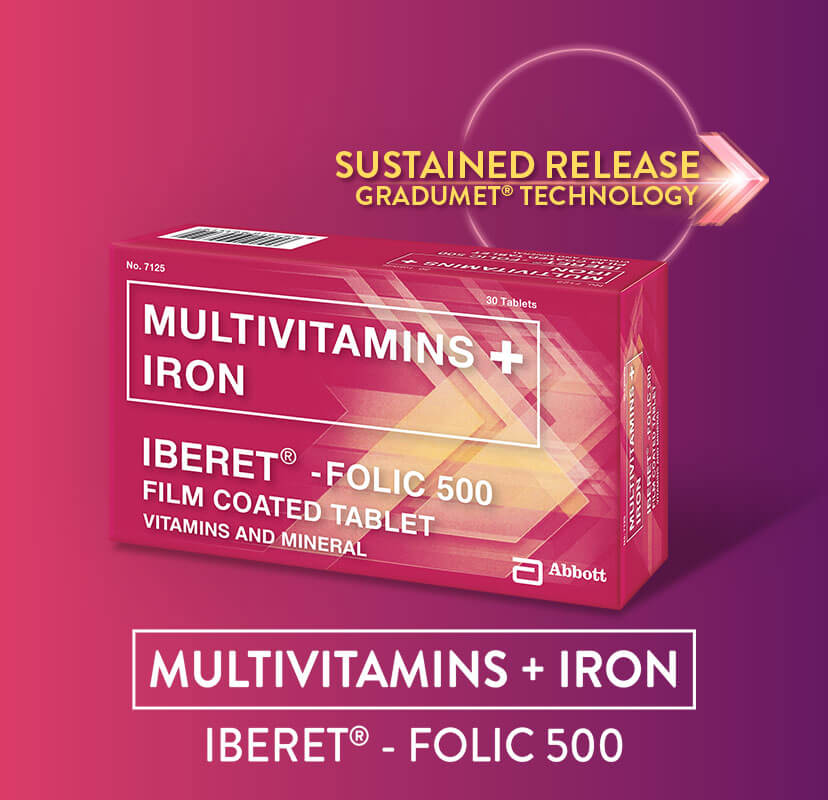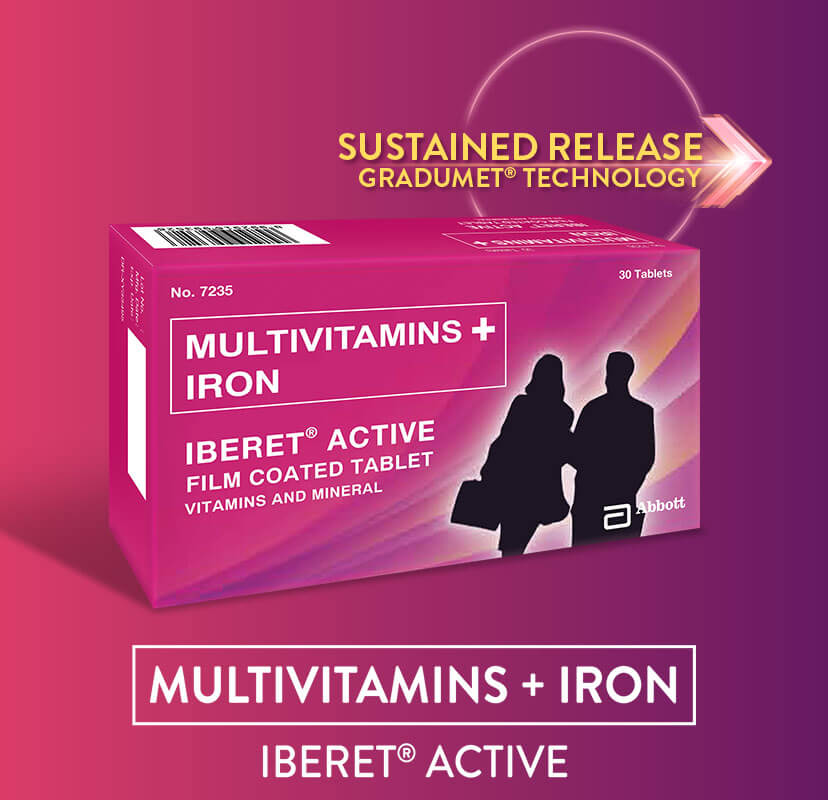Physical exercise has several health benefits apart from losing weight and overcoming obesity. It is beneficial for your heart, lung and brain health and can help fight diabetes, high blood pressure, stress, anxiety, depression.1,2 The list goes on! In fact, scientists propose exercise as a drug because of its therapeutic benefits.1 Exercise provides positive psychological benefits and promotes overall wellbeing.3
Everyone should exercise. Even so, there are some medical conditions where doctors advise not to exercise because it can be harmful.1 Iron deficiency anemia (IDA) is not one of those. However, IDA is associated with tiredness, reduced tolerance to exercise, shortness of breath upon activity and decreased quality of life.4 These physical symptoms make it difficult to exercise regularly. Anemia impairs physical performance during moderate and high intensity exercise.5 But let that not deter you from exercising.
You can exercise safely, just follow these simple tips:6
Studies indicate that exercise training may help improve anemia.7 With the right diet, iron supplementation and physical exercise, you will notice marked improvement in your health. IDA induces lethargy and you may feel low on energy. Fight the fatigue, stay active, do regular exercise, combat IDA!
Reference:
1Vina J, Sanchis-Gomar F, Martinez-Bello V, Gomez-Cabrera MC. Exercise acts as a drug; the pharmacological benefits of exercise. Br J Pharmacol. 2012;167(1):1-12. doi:10.1111/j.1476-5381.2012.01970.x
2Fletcher GF, Balady G, Blair SN, et al. Statement on Exercise: Benefits and Recommendations for Physical Activity Programs for All Americans. Circulation. 1996;94(4):857-862. doi:10.1161/01.CIR.94.4.857
3Mandolesi L, Polverino A, Montuori S, et al. Effects of Physical Exercise on Cognitive Functioning and Wellbeing: Biological and Psychological Benefits . Front Psychol . 2018;9:509.
4Cappellini MD, Musallam KM, Taher AT. Iron deficiency anaemia revisited. J Intern Med. 2020;287(2):153-170. doi:10.1111/joim.13004.
5Davies CTM, Chukweumeka AC, Van Haaren JPM. Iron-Deficiency Anaemia: Its Effect on Maximum Aerobic Power and Responses to Exercise in African Males Aged 17–40 Years. Clin Sci Mol Med. 1973;44(6):555-562. doi:10.1042/cs0440555
6Exercising With Anemia_ Prescription for Health. https://www.medscape.com/viewarticle/719391. Published 2010. Accessed August 12, 2021.
7Hu M, Lin W. Effects of Exercise Training on Red Blood Cell Production: Implications for Anemia. Acta Haematol. 2012;127(3):156-164. doi:10.1159/000335620.







